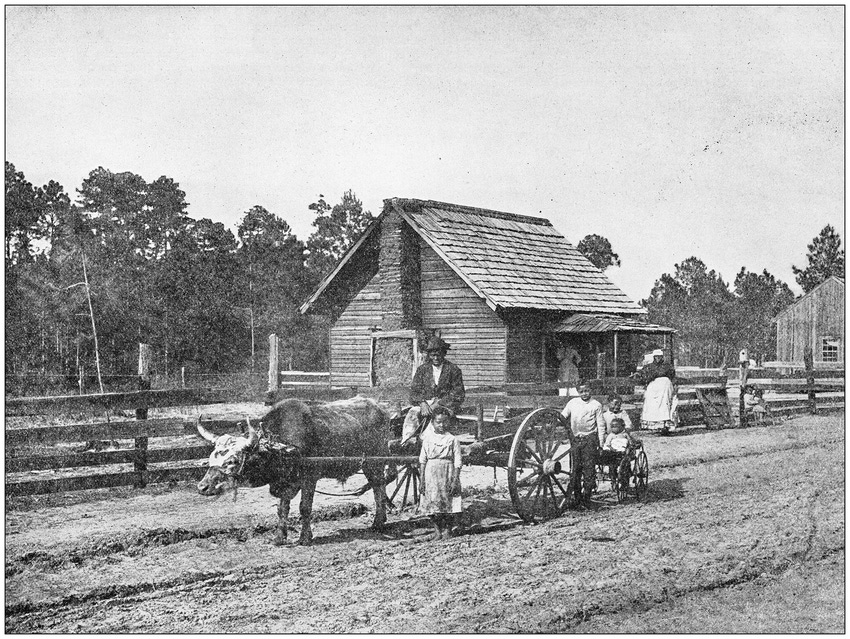
As a southerner, I have a different view of the South than many across the nation, including the history of the southern cattle business.
Early this year, some media celebrated Lincoln’s freeing of the slaves in January of 1863. In fact, this was a political move to ease European support of the South. According to my history-buff friend Raymond Cooper, President Lincoln did not free any slaves. States and areas that had not seceded were exempt. Confederate states were not affected.
The 13th Amendment of the Constitution was supposedly adopted in December of 1865. This did free the slaves in former Confederate states, and the government offered $300 to Northern slave owners. The low price had few takers, including General Ulysses S. Grant, who failed to free his slaves until 1867 when he ran for president. It was a long time before emancipation was enforced.
But the truth is that the American Civil War and the 700,000 men that died were not fought over slavery. The war was fought over the industrial doctrine of Alexander Hamilton versus the agrarian doctrine of Thomas Jefferson. The industrialists won the war. The South fought for the right to run their own program in freedom and lost.
The South had never been closely tied to the North and most of their trade was based on the Caribbean and European markets. They refused to be lorded over by the "yankees."
The truth is also that the South’s biggest problem was the South. Its economy was based on commodity cash crops of cotton, tobacco, corn, sugar cane, and rice. Commodity farming and the plow killed the South. The South desired freedom but the commodity market and the plow had become Lord and much of the soil was gone.
Years ago I heard Mississippi veterinarian and grazier Gordon Hazard say that the plow would break you. It broke the South.
After the war and the death of 700,000 men and Abraham Lincoln, the Confederate states were called on to pay for their loss. Most all the states were bankrupt. Millions of dollars of pine were taken from south Alabama. Texas was disarmed and the commanders continued their pillage for years. The same deal was true everywhere in the South.
Northern companies moved South and built cotton mills and factory towns just as Hamilton had envisioned 70 years earlier. The majority of the South spent many, many years in poverty.
Truth is that with few exceptions back and white folks in the South have always been in love. Many whites fondly remember being raised and often nursed by a black nanny.
In the South, cattle were not generally run in large numbers for a number of reasons:
Lack of refrigeration
Distance to the market
Profitability
Cash crops such as corn, tobacco, wheat, sugar cane and rice were the mainstay of the farm. Corn often was concentrated into whiskey and hogs were run in the mountains and barrens and polished on mash. The plow and constant cash cropping quickly gullied the land and reduced the soil to dirt.
In a similar way, I have noticed that millions of acres of the Midwest have been transformed into the “Old South.” And the fact is that much of the South is still cash cropping and mining out the leftovers.
I’ve always heard that misery loves company. Maybe that's why leaders in regenerative agriculture such as Walt Davis don’t get enough press and serious attention.
It might be a good time to repeat some lessons Walt and others keep trying to teach us:
Cattle require plants
Plants require cattle
Soil requires both
People require all three
About the Author(s)
You May Also Like






